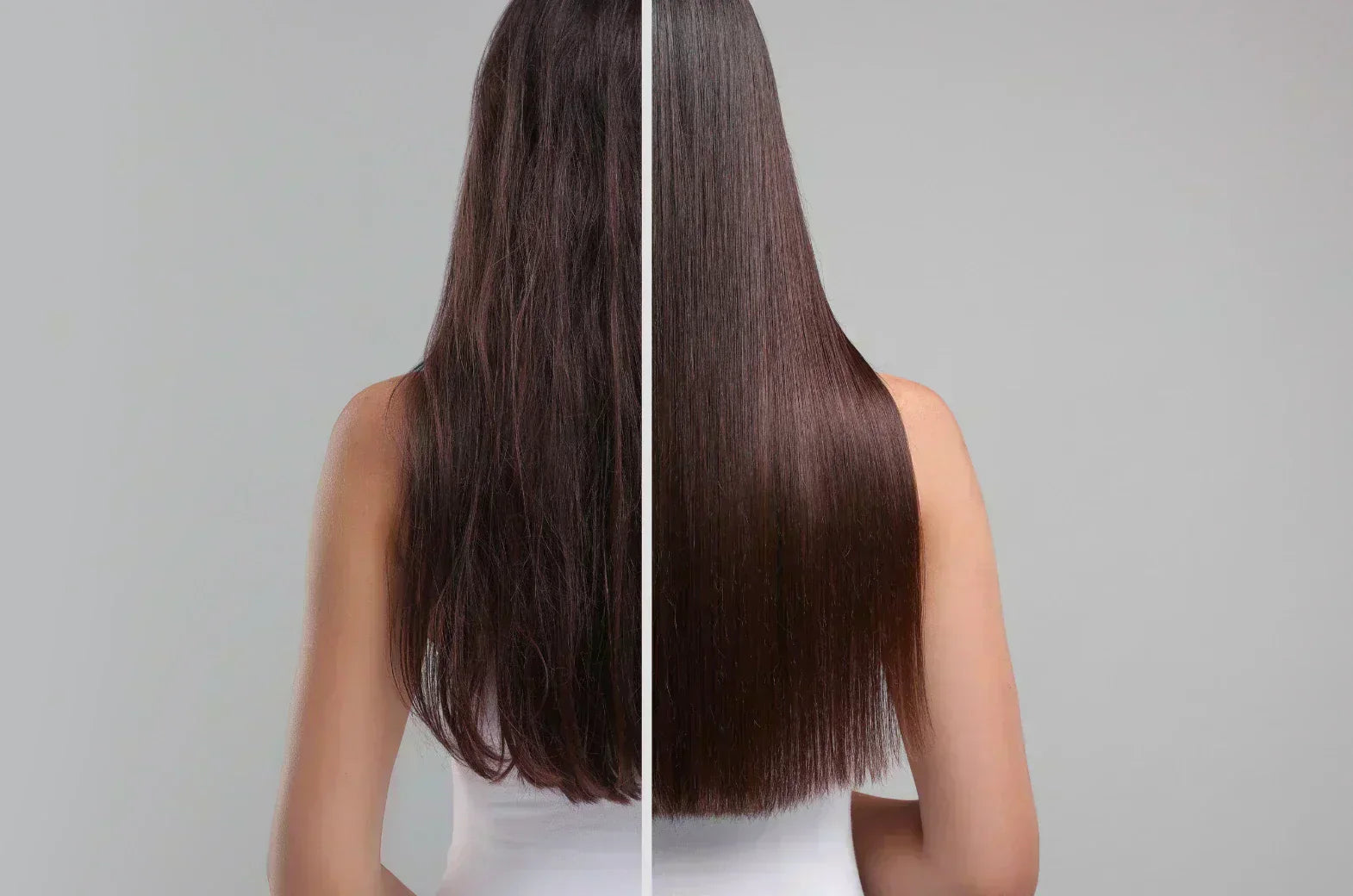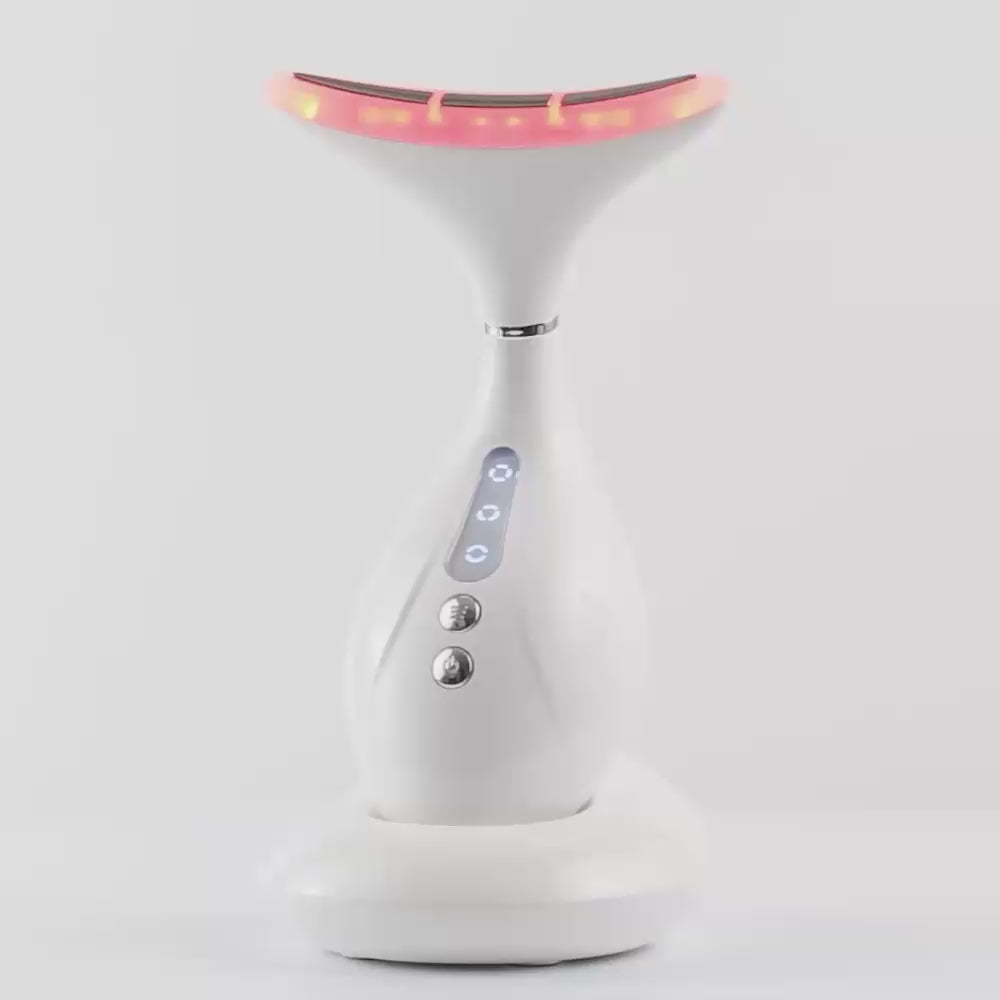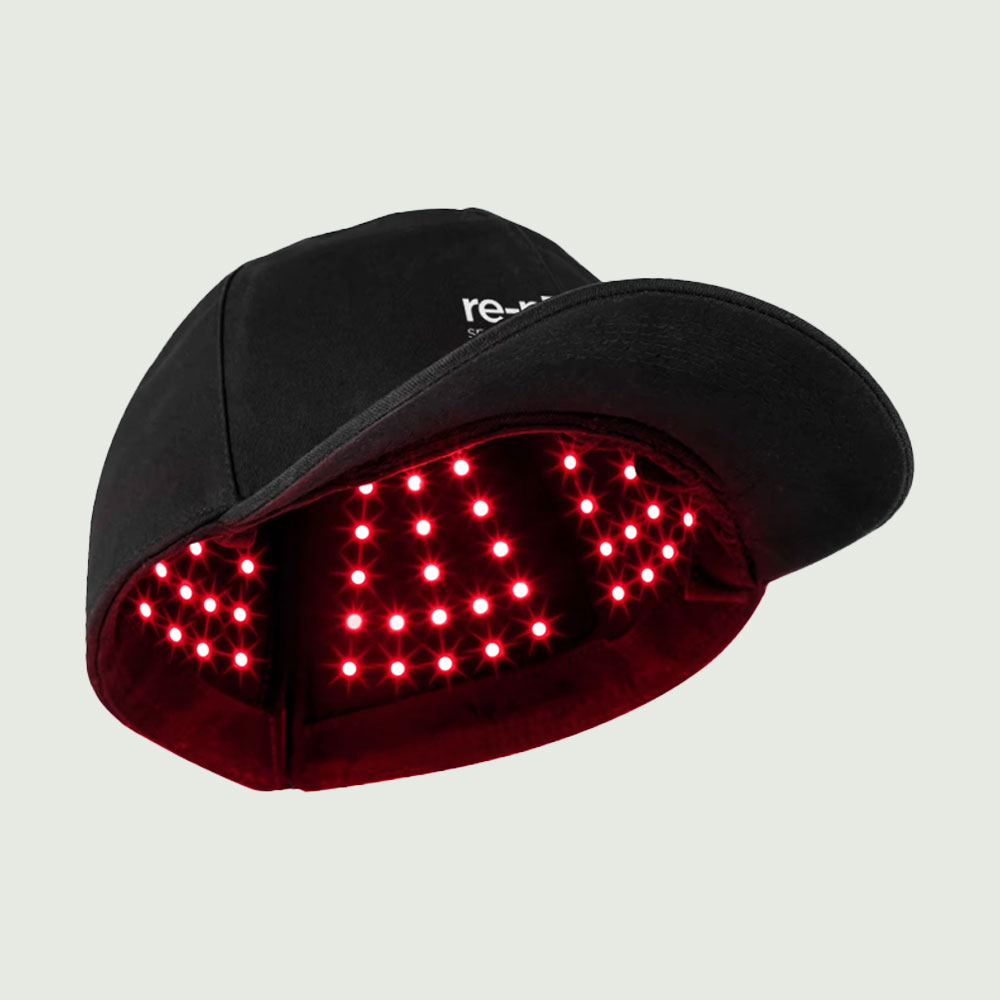Hair loss or thinning can feel overwhelming, especially for women between 19 and 65 who value healthy, vibrant hair. With red light therapy and laser technology gaining popularity, many women are turning to laser hair growth brushes as a non-invasive, at-home solution. But do they work?
This guide answers all your top questions with no fluff, just real, science-backed answers to help you make an informed decision. Whether you're dealing with postpartum shedding, age-related thinning, or hormonal changes, here's everything you need to know about laser light hair brushes.
What Is a Laser Hair Growth Brush?
A laser hair growth brush (also called a laser comb or red light hair brush) is a handheld device that uses low-level laser therapy (LLLT) and/or red LED light therapy to stimulate the scalp, encourage blood flow, and energize hair follicles.They combine the benefits of light therapy with gentle scalp massage from brushing, helping users improve scalp health and potentially promote thicker, healthier hair over time.
 How Does It Work?
How Does It Work?
Laser and LED lights typically red (630-660 nm) and near-infrared (810-850 nm) penetrate the scalp tissue to reach the base of hair follicles. This light energy stimulates cellular activity in the follicles, prolongs the anagen (growth) phase of hair, and may even wake up dormant follicles.
Benefits of Laser Hair Brushes:
Increased blood circulation in the scalp
Reduced inflammation and oxidative stress
Energized and revitalized hair follicles
Potential regrowth of thinning or fine hair
Do Red Light Therapy Hair Brushes Work?
Yes, they can work, especially with consistent use. Clinical research and user reviews suggest that red light therapy, when delivered in the right wavelength and intensity, may promote hair growth and reduce shedding.
Devices like the HairMax, Capillus, and Renu Smart Beauty Laser Hair Growth Brush are examples of popular options. These brushes combine light and gentle massage to boost scalp health over time.
Do Dermatologists Recommend Them?
Many dermatologists do support the use of FDA-cleared LLLT devices as part of a hair loss treatment plan. While not a miracle cure, red light therapy has enough research to be considered a legitimate, non-invasive option for some types of hair thinning, especially androgenetic alopecia (female pattern hair loss).
What Is the Best Laser Hair Brush?
Look for devices with the following:
Wavelength range: 630–660 nm (red) + 810–850 nm (infrared)
Irradiance level: Minimum 200 mW/cm²
Design: Lightweight, ergonomic brush with scalp-stimulating bristles
FDA-cleared and clinically tested
Our pick? The Laser Hair Growth Brush by Renu Smart Beauty. It checks all the boxes and is perfect for busy women seeking effective, non-medicated hair support.

How Long Does It Take to See Results?
Expectations matter. Visible improvement usually takes 8 to 16 weeks with consistent use (3–5 times per week for 10–20 minutes). Results vary, but many users report:
Less hair fall by week 4–6
Fuller scalp coverage by week 12–16
Consistency is crucial, like skincare, results build gradually.
Can You Overuse a Laser Hair Brush?
Yes. Overuse may cause temporary scalp irritation or diminished results due to overstimulation.
Safe Use Tips:
Limit to 10–20 minutes per session
3–5 sessions per week
Always follow the device's instructions
Are There Side Effects?
Laser brushes are considered very safe, but minor side effects may include:
Mild scalp tingling or warmth
Temporary redness
Dry scalp if overused
Contraindications:
Avoid use on broken or inflamed skin
Not recommended during pregnancy or if you’re taking photosensitizing medications
Always consult a healthcare provider if you have medical concerns.
Can Women Over 60 Use It?
Absolutely! Many women in their 60s and even 70s use laser brushes to maintain hair volume or stimulate regrowth. As long as the hair follicles are still alive (even if dormant), LLLT may offer benefits.
What Brushes Stimulate Hair Growth?
There are multiple types:
Laser Hair Brushes (LLLT-based)
Red Light Hair Brushes
Massage Brushes (increase blood flow)
Scalp Exfoliating Brushes (remove buildup)
For the best result, choose a smart LED/laser hair brush with clinically effective technology and pair it with a scalp massage routine.
How Much Does Laser Hair Regrowth Cost?
Professional in-office LLLT sessions can cost $100–$500 per month, while high-quality at-home devices range from $150 to $600 (one-time purchase). Over time, at-home brushes like Renu Smart Beauty’s become far more economical.
What About Hormonal Hair Loss or DHT?
DHT (dihydrotestosterone) is a hormone linked to female pattern hair loss. While red light therapy supports hair growth, blocking DHT can help prevent further shedding.
Natural DHT blockers for women include:
Saw Palmetto
Pumpkin Seed Oil
Green Tea Extract
Rosemary Oil
Zinc & Biotin
Hair-friendly foods:
Eggs, leafy greens, fatty fish, and berries
Can You Combine Laser Therapy With Other Hair Growth Routines?
Yes! For best results, combine your laser brush with:
Gentle, sulfate-free shampoo
Scalp massage
Biotin or collagen supplements
Hair serums or oils (like rosemary or caffeine-infused)
Clean diet rich in vitamins A, D, B7 (biotin), E, and iron
Why Choose the Renu Smart Beauty Laser Hair Growth Brush?
Our LED-powered hair therapy brush is ideal for women who want:
A safe, easy-to-use tool
Clinically backed wavelengths
Portable, cordless design
Visible results in weeks
Trusted by real women, this brush is a top choice for at-home hair therapy.
FAQs About Laser Hair Growth Brushes
Do laser hair combs regrow hair?
Yes, they can support regrowth by stimulating dormant follicles and improving blood flow, especially for early-stage thinning.
Does HairMax work?
HairMax devices have clinical trials behind them. Many users report reduced shedding and regrowth over 12–24 weeks.
Can I use a laser hair brush every day?
Using it daily for short periods is usually safe, but 3–5 times weekly is enough for most users.
What are the side effects of HairMax?
Similar to other LLLT devices: mild warmth, dryness, or temporary scalp redness. Most users tolerate it well.
What color LED is best for hair growth?
Red (630–660 nm) and near-infrared (810–850 nm) are most effective for reaching follicles and energizing cells.
Will hair grow back if I stop laser therapy?
Improvements may reverse over time if therapy is stopped, especially if underlying causes (like DHT) aren’t addressed.
Is it safe to use on gray hair?
Yes, though results may be less visible on gray hair as the pigment isn't there, but the follicle stimulation still happens.
Final Thoughts
Laser hair brushes aren’t hype, they're science-backed tools that can help you reclaim fuller, healthier hair. While results aren’t instant, a consistent routine and a little patience can make a real difference. If you're noticing thinning, excessive shedding, or a receding part, it may be time to try one.
Remember: the earlier you act, the better your results. Let your hair thrive naturally, safely, and powerfully.
Sources
https://pmc.ncbi.nlm.nih.gov/articles/PMC3944668/
https://hairmax.com/pages/clinical-research-result
https://jcadonline.com/laser-therapy-hair-loshttps://wimpoleclinic.com/blog/red-light-
therapy-for-hair-growth-everything-you-need-to-know/









